The Cathedral of Santiago de Compostela, a UNESCO World Heritage Site, stands as a magnificent testament to medieval architecture and spiritual devotion. Its towering spires and intricately designed facades draw visitors from around the globe, eager to explore its rich history and cultural significance.
Visiting the Cathedral of Santiago de Compostela offers an unparalleled experience, combining the awe of artistic craftsmanship with the serenity of a sacred space. Pilgrims and tourists alike are captivated by its enchanting atmosphere, making it a must-see destination in Spain.
The History of the Cathedral of Santiago de Compostela: From Pilgrimage to UNESCO World Heritage Site
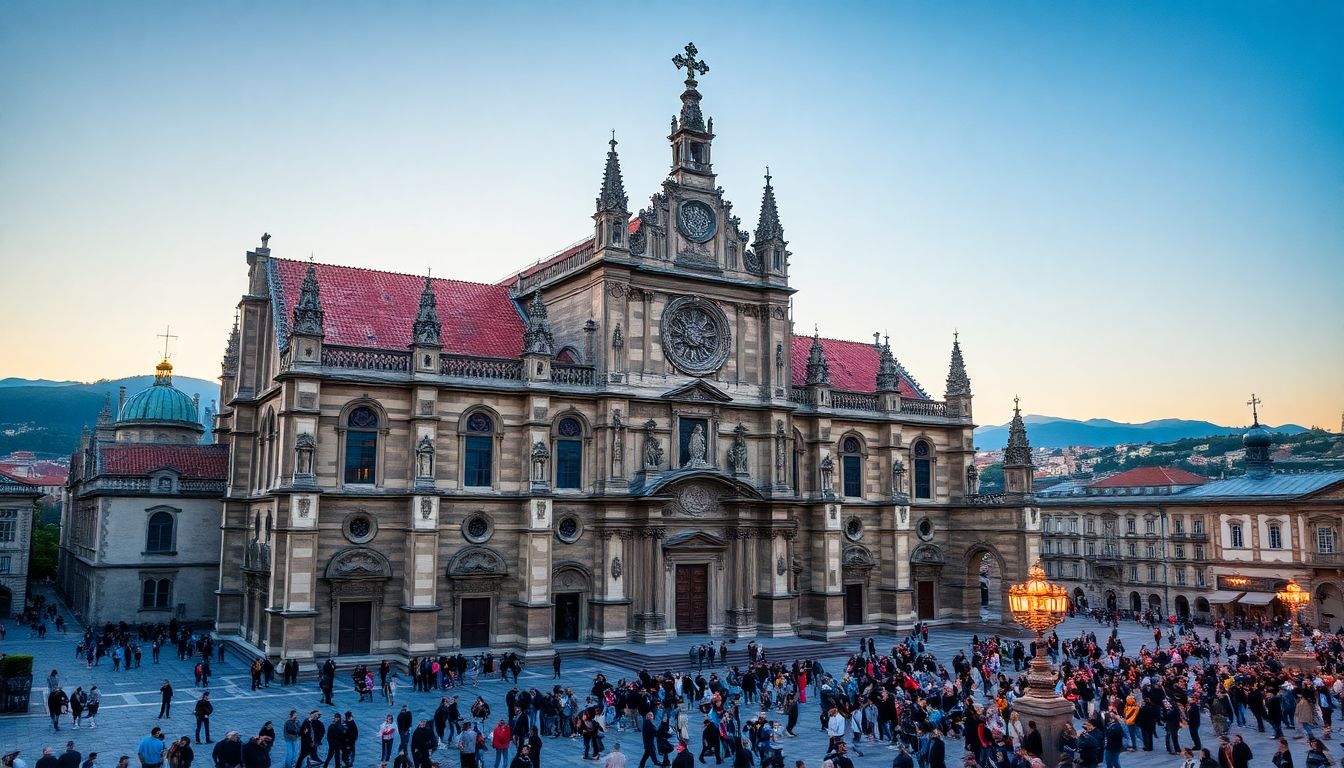
The history of the Cathedral of Santiago de Compostela is deeply intertwined with the Camino de Santiago, a significant pilgrimage route that has drawn faithful travelers for centuries. Originally constructed in the 11th century, the cathedral was built over the presumed burial site of Saint James, one of Jesus' apostles. This spiritual connection has made it a focal point for Christian pilgrimage, symbolizing faith and devotion.
Throughout the centuries, the cathedral has undergone numerous renovations and expansions, reflecting various architectural styles, including Romanesque, Gothic, and Baroque. Each modification not only enhanced its beauty but also served to accommodate the growing number of pilgrims. Today, visitors can admire the following features:
- The Portico de la Gloria: A stunning example of Romanesque sculpture.
- The Botafumeiro: A giant censer used in rituals, representing the fusion of worship and artistry.
- The Tomb of Saint James: A sacred site attracting countless devotees each year.
In 1985, the Cathedral of Santiago de Compostela was designated as a UNESCO World Heritage Site, recognizing its cultural significance and architectural grandeur. This accolade not only preserves its legacy but also highlights its importance as a pilgrimage destination in European history. The cathedral stands today as a symbol of faith and community, drawing visitors who seek spiritual enrichment and historical insight.
As one of the most important pilgrimage sites in the world, the cathedral has played a pivotal role in the development of the Camino de Santiago, influencing the cultural and spiritual landscape of Spain and beyond. Its majestic presence continues to inspire awe, making it a timeless emblem of devotion and artistry.
Top Attractions Inside the Cathedral of Santiago de Compostela You Can't Miss
One of the top attractions inside the Cathedral of Santiago de Compostela is undoubtedly the Portico de la Gloria. This breathtaking entrance showcases intricate Romanesque sculptures that depict biblical scenes and figures. Created by Master Mateo in the 12th century, it serves as a stunning introduction to the spirituality and artistry that permeate the cathedral. Don't miss the chance to marvel at the detailed craftsmanship that has stood the test of time.
Another must-see feature is the Botafumeiro, a colossal censer that swings dramatically from the cathedral's nave during special liturgical ceremonies. Weighing over 60 kilograms, this impressive piece not only fills the air with aromatic incense but also symbolizes the union of faith and tradition. Witnessing the Botafumeiro in action is an unforgettable experience, further emphasizing the cathedral's role as a vibrant place of worship.
The Tomb of Saint James is perhaps the most significant attraction within the cathedral. Located beneath the main altar, it is believed to house the remains of the apostle James, drawing thousands of pilgrims each year. Visitors can pay their respects and reflect on the deep spiritual significance of this site, which has played a central role in the Camino de Santiago pilgrimage for centuries.
Lastly, the cathedral's stunning Baroque facade is a sight to behold. Completed in the 18th century, it adds a layer of grandeur to the structure, contrasting beautifully with its earlier architectural styles. As you explore the interior and exterior of this magnificent building, you'll discover how each element contributes to its status as a UNESCO World Heritage Site and a beacon of cultural heritage.
Exploring the Architecture of the Cathedral of Santiago de Compostela: A Blend of Styles
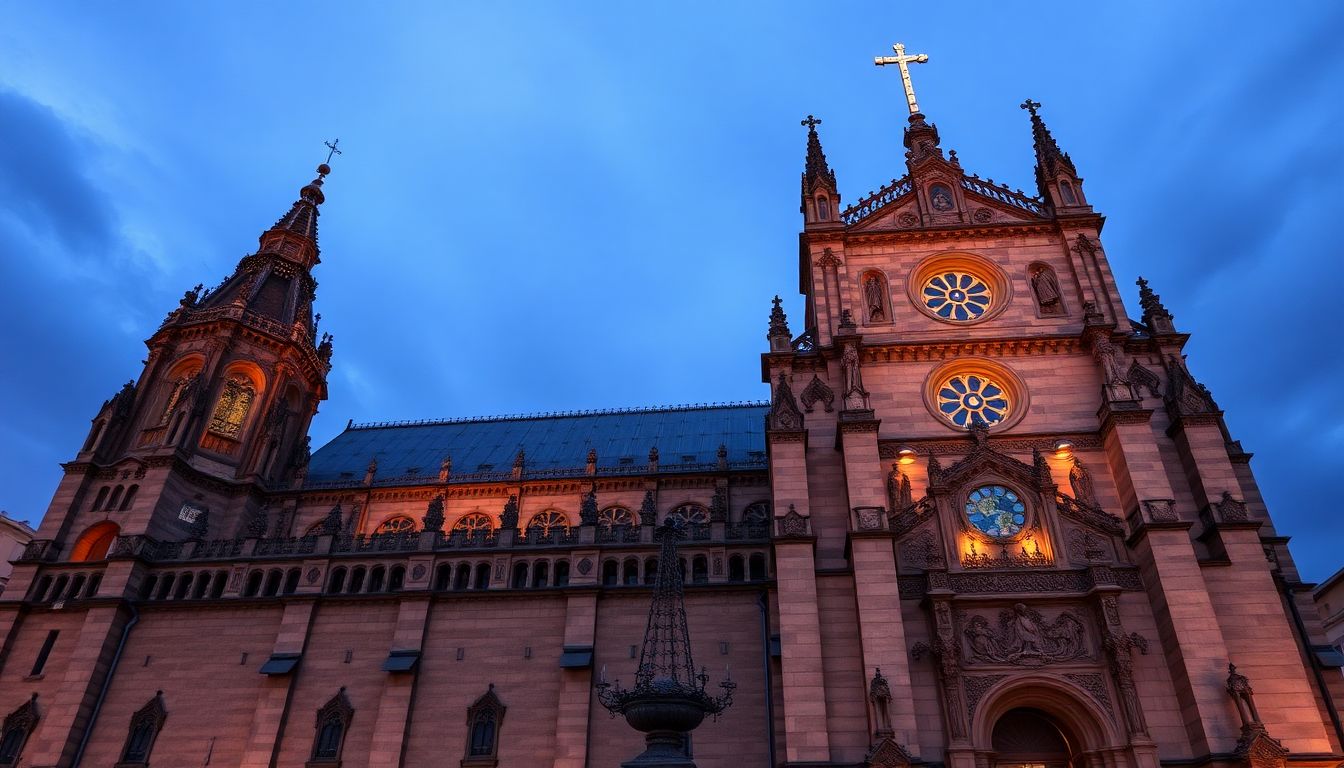
The Cathedral of Santiago de Compostela showcases a unique architectural blend that reflects its long history and significance. Initially constructed in the Romanesque style, the cathedral later incorporated elements from Gothic and Baroque periods, creating a harmonious fusion of designs. This rich tapestry of styles is evident in various features throughout the structure, captivating visitors with its complex narrative.
Among the architectural highlights are:
- Romanesque Elements: Characterized by thick walls and semi-circular arches, providing a sense of solidity.
- Gothic Touches: Notable for pointed arches and flying buttresses, enhancing both beauty and structural integrity.
- Baroque Decor: A lavish facade adorned with intricate sculptures and dramatic embellishments, adding depth to the cathedral's profile.
Exploring these architectural styles offers insights into the evolution of the cathedral, as each era left its mark. For instance, the transition from Romanesque to Gothic is marked by the introduction of taller, more elegant structures, which allowed for larger windows and more light within the sacred space. This shift not only transformed the aesthetic appeal but also enhanced the spiritual ambiance of the cathedral.
In addition, the interplay between these styles can be observed in the cathedral's interior, where the grand nave, with its soaring vaults, seamlessly transitions to the intricately detailed chapels. Such a blend not only highlights the craftsmanship of various periods but also symbolizes the enduring faith that the cathedral represents. Visitors are encouraged to take their time exploring these architectural wonders, each telling a part of the story that has unfolded over centuries.
How to Get to the Cathedral of Santiago de Compostela: Travel Tips for Pilgrims and Tourists
Getting to the Cathedral of Santiago de Compostela is a journey filled with anticipation and excitement. For those traveling by air, the nearest airport is Santiago de Compostela Airport (SCQ), located about 10 kilometers from the city center. From there, visitors can easily catch a taxi or take a bus that directly connects to the city, making it convenient for both pilgrims and tourists alike.
For those who prefer traveling by train, Santiago de Compostela has a well-connected railway station offering services from major cities like Madrid and A Coruña. Upon arrival, the cathedral is just a pleasant 20-minute walk through the charming streets of the old town, where you can soak in the local atmosphere and perhaps grab a bite to eat. Alternatively, bus services from various regions also provide access to the city, with stops conveniently located near the cathedral.
If you're embarking on the Camino de Santiago, the route will ultimately lead you to the cathedral, adding a profound sense of accomplishment to your pilgrimage. Whether you're hiking the classic French Way or one of the many alternative routes, be sure to plan your journey in advance and schedule enough time to relish the spiritual and cultural experience the cathedral offers upon your arrival.
Lastly, it's worth noting that the city is pedestrian-friendly, encouraging visitors to explore on foot. Consider picking up a local map and taking time to discover nearby attractions, such as the historic streets and vibrant squares, which enhance your visit. The Cathedral of Santiago de Compostela is not just a destination; it’s a part of a larger journey that invites exploration and reflection.
Best Times to Visit the Cathedral of Santiago de Compostela for a Memorable Experience
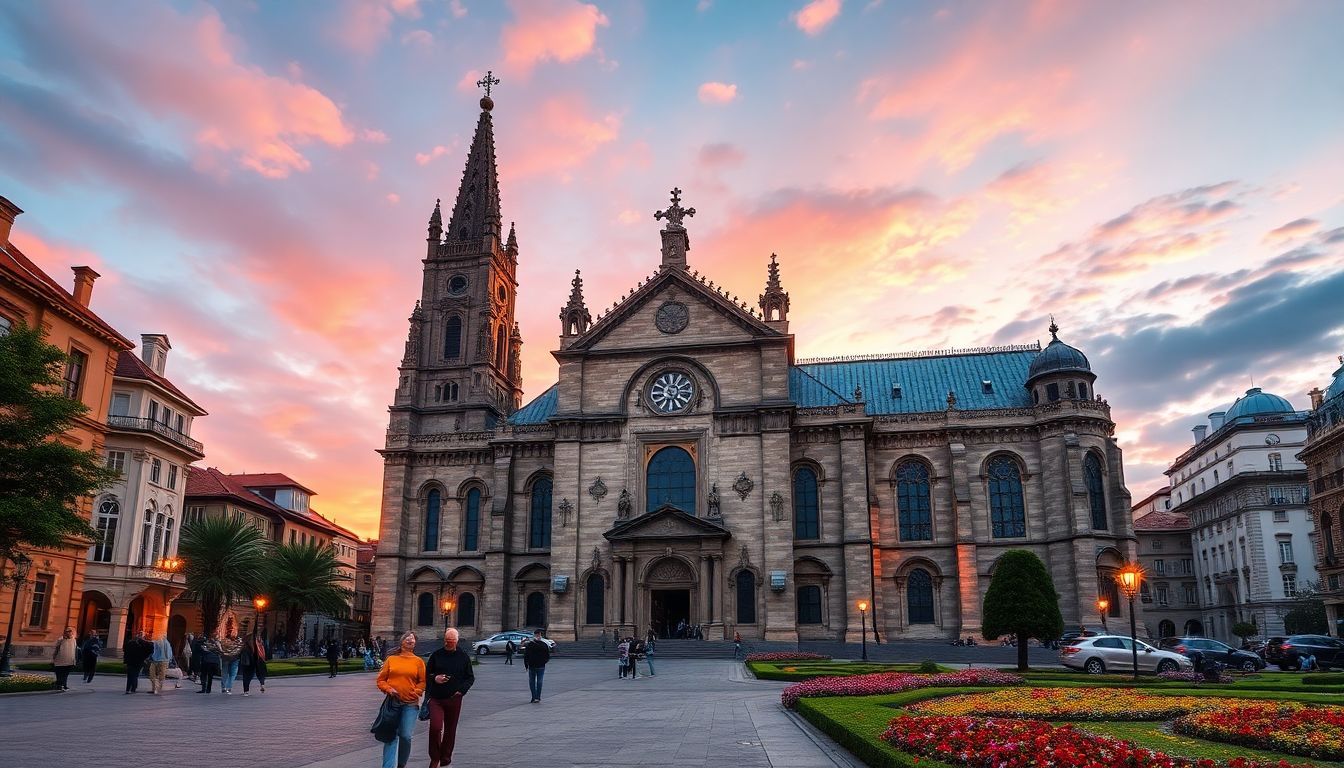
Choosing the best time to visit the Cathedral of Santiago de Compostela can significantly enhance your experience. The months of April to June and September to October are ideal, as the weather is mild, and the tourist crowds are relatively smaller. This allows for a more intimate experience when exploring the cathedral's majestic architecture and spiritual ambiance without feeling rushed.
Additionally, witnessing the Botafumeiro in action is a must-see event that occurs during special liturgical ceremonies. To catch this breathtaking moment, plan your visit around important dates such as Holy Week or Feast of St. James on July 25th. These celebrations not only highlight the cathedral's religious significance but also offer a glimpse into the vibrant local culture and traditions.
For those interested in a quieter experience, visiting during the winter months can be a peaceful option. The cathedral's serene atmosphere during this time allows for personal reflection and a deeper connection to its spiritual heritage. Despite the chill, the beauty of the cathedral remains captivating, making it a worthwhile stop for any traveler.
Lastly, be sure to check the cathedral's official calendar for any special events or exhibitions that might coincide with your visit. Engaging in these activities can provide a unique perspective on the cathedral's ongoing significance in both religious and cultural contexts. Whether you choose a bustling summer day or a tranquil winter afternoon, the Cathedral of Santiago de Compostela promises a memorable experience at any time of the year.
Cultural Significance of the Cathedral of Santiago de Compostela in Spanish History
The Catedral de Santiago de Compostela holds immense cultural significance in Spanish history, serving as a central hub for Christian pilgrimage and artistic expression. It has been a place where faith, history, and architecture converge, marking a pivotal point in the Camino de Santiago. This pilgrimage route has shaped the spiritual landscape of Spain, with the cathedral as its ultimate destination, embodying centuries of devotion and communal identity.
Throughout its history, the cathedral has influenced various aspects of Spanish culture, including:
- Religious Practices: The cathedral has been a focal point for the Catholic faith, drawing pilgrims who seek spiritual fulfillment.
- Art and Architecture: Its diverse architectural styles showcase the evolution of Spanish art, making it a vital reference for both artists and historians.
- Cultural Traditions: Events like the Feast of St. James highlight local customs and the enduring legacy of pilgrimage.
Moreover, the Cathedral of Santiago de Compostela symbolizes the intertwining of different cultures and historical narratives. As a convergence point for pilgrims from various backgrounds, it has fostered an atmosphere of tolerance and mutual respect. This cultural melting pot has enriched Spanish society, leading to a unique blend of traditions and practices that continue to thrive today.
In essence, the cathedral is not merely a religious site but a living testament to Spain's historical journey. It stands as a beacon of cultural heritage, inspiring future generations to explore the rich tapestry of history and faith that it represents. The cathedral’s significance extends beyond its walls, influencing the broader European context of pilgrimage and spirituality.
En este contexto, te invitamos a ver un video que te llevará a un recorrido por la majestuosa Catedral de Santiago de Compostela, explorando su historia y significado.
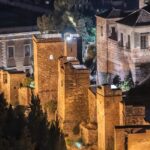 Un recorrido por la Alcazaba de Málaga
Un recorrido por la Alcazaba de Málaga Visita a la Mezquita-Catedral de Córdoba
Visita a la Mezquita-Catedral de Córdoba El hallazgo de la Ciudad de las Artes y las Ciencias en Valencia
El hallazgo de la Ciudad de las Artes y las Ciencias en ValenciaSi quieres conocer otros artículos parecidos a Visiting the Cathedral of Santiago de Compostela puedes visitar la categoría Destinos Internacionales.

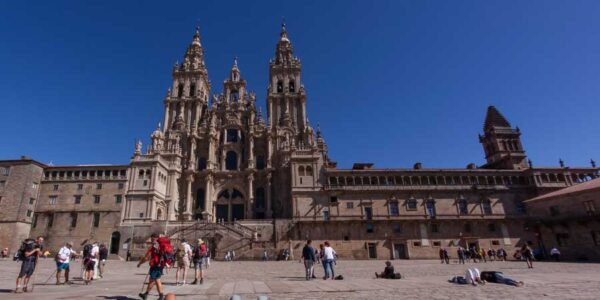
Deja una respuesta